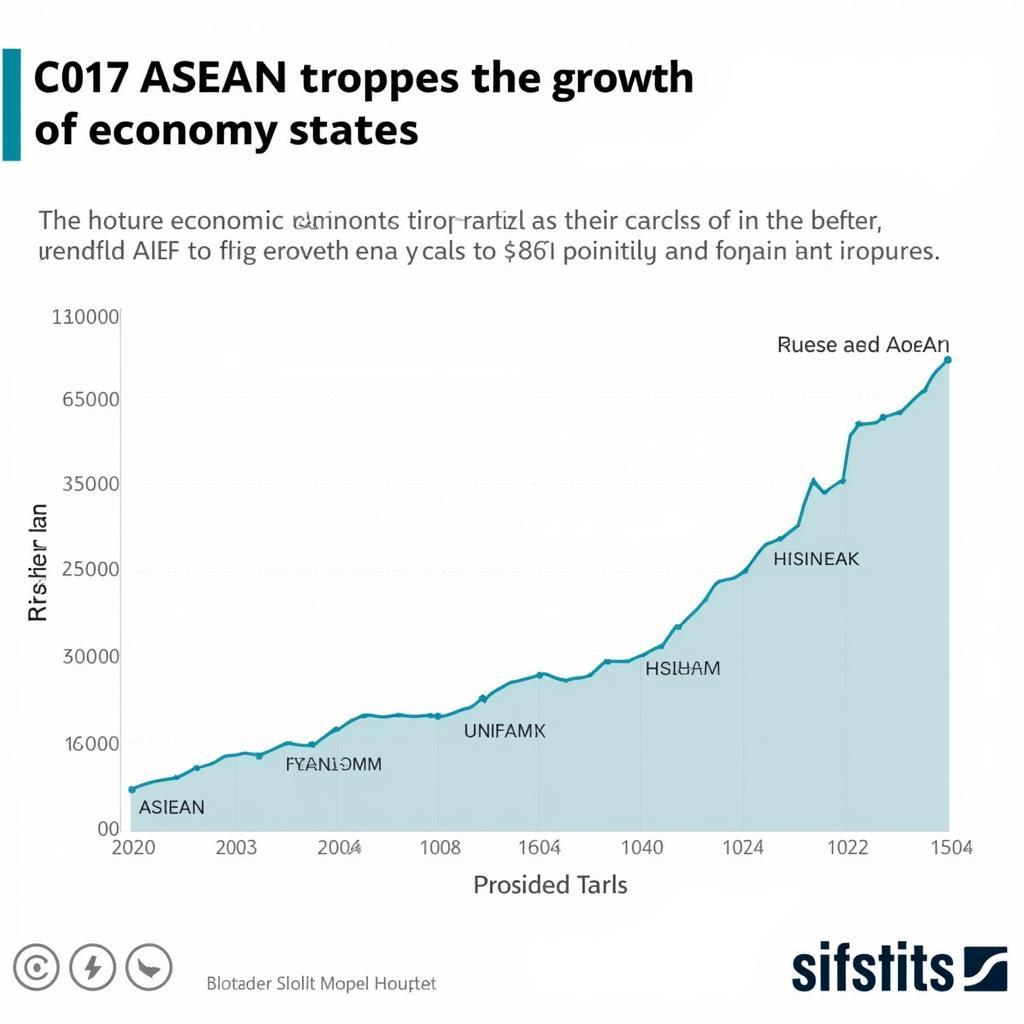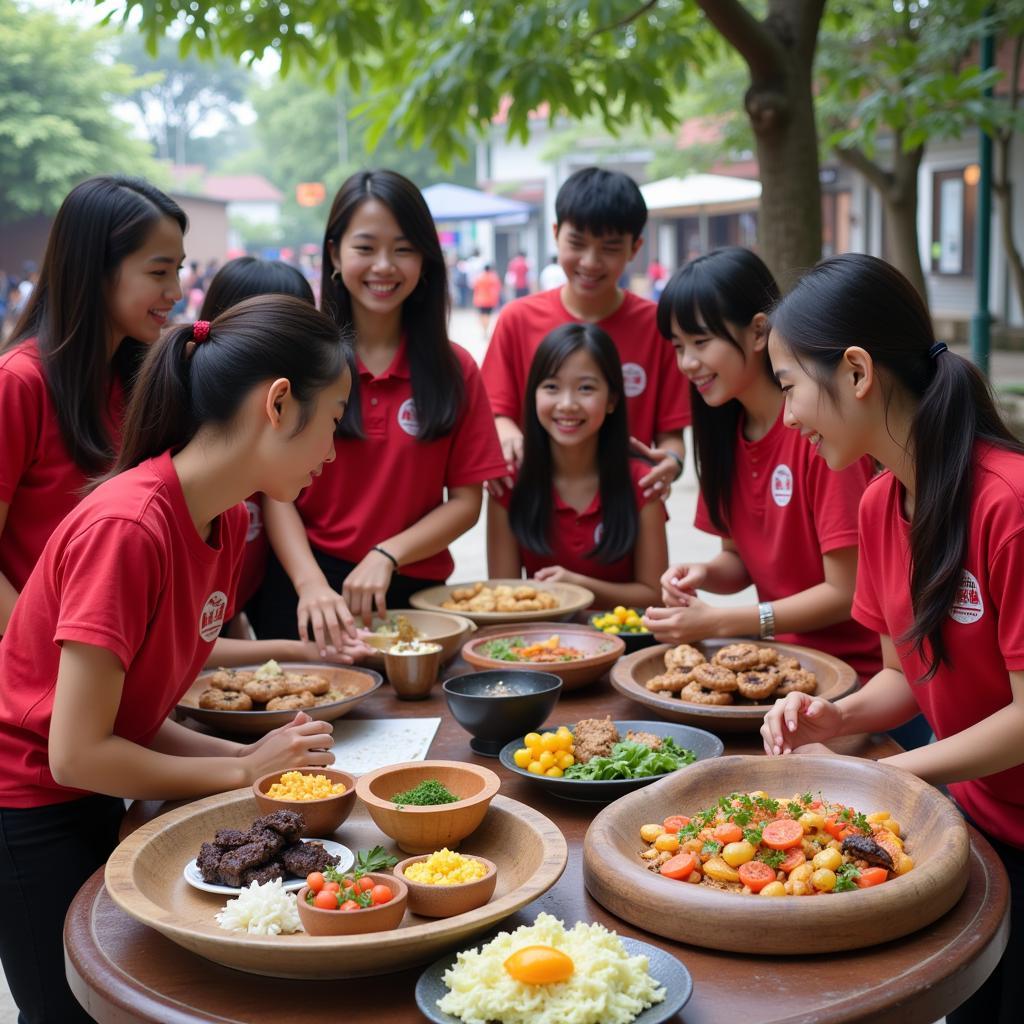The Association of Southeast Asian Nations (ASEAN) stands as a testament to the power of regional intergovernmental organizations in promoting peace, stability, and prosperity. Established on August 8, 1967, ASEAN has evolved into a cornerstone of the global order, navigating complex geopolitical dynamics and fostering economic integration amongst its diverse member states. This article delves into the multifaceted role of ASEAN as an intergovernmental organization, exploring its historical context, key objectives, and achievements in shaping the regional landscape.
From Discord to Dialogue: The Genesis of ASEAN
The seeds of ASEAN were sown in an era marked by Cold War tensions and regional instability. The formation of ASEAN, initially comprising Indonesia, Malaysia, the Philippines, Singapore, and Thailand, signaled a commitment to dialogue and cooperation as a means of navigating shared challenges. The Bangkok Declaration of 1967, the organization’s founding document, enshrined the principles of mutual respect, non-interference, and peaceful resolution of disputes, laying the foundation for a new era of regional diplomacy.
The ASEAN Way: A Unique Approach to Regionalism
Central to ASEAN’s success is its adherence to the “ASEAN Way,” a set of diplomatic norms emphasizing consensus-based decision-making, non-confrontation, and informal consultations. This approach, while sometimes perceived as slow-moving, has proven instrumental in accommodating the diverse interests and sensitivities of member states. By prioritizing dialogue and collaboration, ASEAN has cultivated a spirit of trust and mutual understanding, facilitating cooperation on a wide range of issues.
Pillars of Progress: ASEAN’s Three-Pronged Approach
ASEAN’s commitment to regional integration is reflected in its three pillars: the ASEAN Political-Security Community, the ASEAN Economic Community, and the ASEAN Socio-Cultural Community. These pillars represent a comprehensive approach to regionalism, encompassing political dialogue, economic integration, and social and cultural cooperation.
The ASEAN Political-Security Community: Safeguarding Peace and Stability
The ASEAN Political-Security Community (APSC) aims to maintain regional peace and security through dialogue, confidence-building measures, and preventive diplomacy. The Treaty of Amity and Cooperation in Southeast Asia (TAC), signed in 1976, provides a framework for peaceful coexistence and dispute settlement among member states. The APSC has played a crucial role in managing potential conflicts in the region, fostering a culture of dialogue and cooperation in addressing transnational security challenges such as terrorism, piracy, and natural disasters.
The ASEAN Economic Community: Towards a Single Market and Production Base
The ASEAN Economic Community (AEC) envisions a highly integrated and competitive region characterized by free flow of goods, services, investment, and skilled labor. Established in 2015, the AEC has witnessed significant progress in trade liberalization, investment facilitation, and economic cooperation. The elimination of tariffs and non-tariff barriers has boosted intra-ASEAN trade, while initiatives like the ASEAN Single Window and the ASEAN Trade Repository have streamlined customs procedures and enhanced trade facilitation.
 ASEAN Economic Growth
ASEAN Economic Growth
The ASEAN Socio-Cultural Community: Bridging Cultural Divides and Empowering People
The ASEAN Socio-Cultural Community (ASCC) aims to foster a sense of shared identity and purpose among the people of Southeast Asia. The ASCC promotes collaboration in areas such as education, health, culture, sports, and environmental protection. Initiatives like the ASEAN University Network and the ASEAN Youth Volunteer Programme foster people-to-people exchanges and strengthen regional ties.
 ASEAN Cultural Exchange
ASEAN Cultural Exchange
ASEAN in a Changing World: Navigating Challenges, Seizing Opportunities
As ASEAN enters its sixth decade, it faces a complex and evolving geopolitical landscape. The rise of new powers, intensifying geopolitical rivalries, and emerging transnational challenges necessitate a proactive and adaptive approach. ASEAN must continue to strengthen its institutional capacity, enhance regional connectivity, and deepen economic integration to navigate these challenges effectively.
Conclusion: ASEAN – A Beacon of Hope and Cooperation
Despite facing numerous challenges, ASEAN’s journey over the past five decades stands as a testament to the enduring power of regional cooperation. As an intergovernmental organization, ASEAN has played a pivotal role in maintaining peace and stability, fostering economic growth, and enhancing social and cultural cooperation in Southeast Asia. As the region continues to evolve, ASEAN remains a beacon of hope and a testament to the potential of collective action in addressing shared challenges and building a more prosperous and integrated future.
FAQs
-
What are the main objectives of ASEAN?
- ASEAN’s primary goals include accelerating economic growth, promoting social and cultural development, safeguarding regional peace and stability, and enhancing cooperation among member states.
-
How does ASEAN make decisions?
- ASEAN operates on the principle of consensus-based decision-making, requiring agreement from all member states before any action is taken.
-
What are some of ASEAN’s key achievements?
- ASEAN’s notable accomplishments include the establishment of the ASEAN Free Trade Area (AFTA), the signing of the Treaty of Amity and Cooperation (TAC), and the launch of the ASEAN Economic Community (AEC).
Need More Information?
For a deeper understanding of ASEAN’s role and impact, explore these related articles:
Have Questions? We’re Here to Help!
Contact us at:
Phone Number: 0369020373
Email: aseanmediadirectory@gmail.com
Address: Thon Ngoc Lien, Hiep Hoa, Bac Giang, Vietnam
Our dedicated customer support team is available 24/7 to assist you.
